The Ultimate Guide to Visiting Jamaica: Timing, Seasons, and Essential Tips

Nestled in the heart of the Caribbean islands, Jamaica stands out as a tropical paradise, offering pristine beaches, vibrant reggae music, and a rich tapestry of culture. This beautiful island country is not just a destination; it’s an experience.
From Montego Bay’s bustling city vibes to the serene beauty of Port Antonio, Jamaica is an ideal destination for travelers seeking both adventure and relaxation.
Yet, just like any other tropical destination, timing is crucial. Visiting during the best time to visit Jamaica can mean the difference between a sun-soaked beach vacation and days spent inside avoiding heavy rains.
Understanding Jamaica’s Climate
Jamaica enjoys a tropical maritime climate characterized by warm temperatures and a notable distinction between its wet and dry seasons. But what does this mean for travelers?
Wet Season
Often referred to as the rainy season, the wet season in Jamaica typically witnesses heavy rains, with certain months, like the rainiest month, having more inches of rain than the rest.
This season can also overlap with the Caribbean hurricane season, bringing tropical storms that can dampen beach days. Yet, even in these humid months, there are bursts of sunshine daily, allowing visitors to enjoy the island’s natural beauty still.
Dry Season
This is the period where Jamaica experiences its driest month, with lower chances of rain and balmy weather, ideal for beach parties and daytime highs perfect for water sports.
The average temperature during this time remains comfortably warm, ensuring ample space for tourists to explore the island from the eastern coast to the fishing village corners.
weather in Jamaica by month
| Month | Average Temperature (°F) | Average Rainfall (inches) |
|---|---|---|
| May | 82 | 10 |
| June | 83 | 10 |
| July | 84 | 7 |
| August | 84 | 6 |
| September | 83 | 8 |
| October | 82 | 9 |
| November | 81 | 10 |
| December | 80 | 4 |
| January | 79 | 3 |
| February | 79 | 2 |
| March | 80 | 2 |
| April | 81 | 2 |
Peak Tourist Season vs. Off-Peak
When choosing the best time to visit Jamaica, it’s essential to understand the dynamics of its peak and off-peak seasons. Like many Caribbean island nations, Jamaica has distinct tourism seasons, which have their own merits.
High Season (mid-December to mid-April):
Pros:
- Significant Weather: This period boasts Jamaica’s warmest temperatures, with daily highs that delight beach days and water sports.
- Vibrant Atmosphere: The island is buzzing during these months. Events are abundant, whether the Reggae Marathon or the Reggae Sumfest. Beaches Negril, Montego Bay, and other major cities see a spike in entertainment activities.
- Numerous Events: From the 3-day festival celebrating reggae music to the eight-day festival of poetry readings, there’s always something happening on the island.
Cons:
- Crowded Resorts: Popular spots like Sandals Negril and Beaches Negril can be packed, which can sometimes lessen the authenticity of the Jamaican experience.
- Higher Prices: As this is a popular time, expect an increase in hotel prices and even rates at all-inclusive resorts.
- Overbooked Accommodations: With the influx of tourists during peak months, finding a boutique hotel or family-friendly all-inclusive resort minis.
The off-peak Season can be a strategy to experience the island more intimately. Fewer tourists mean a more authentic Jamaican experience, from uncrowded beaches to meaningful local interactions. Also, hotel prices might be more attractive, and your plans have ample space for spontaneity.
The Wet Season: May to November
Jamaica’s wet Season stretches from May to November, but what does this mean for travelers?
What to Expect:
- Rain Patterns: Typically, the rainiest month sees more inches of rainfall than others. Yet, the rain often comes in short, heavy bursts, with hours of sunshine in between.
- Intensity and Duration: Heavy rains are frequent but often short-lived. Visitors can still enjoy many sunny hours by understanding the detailed weather graphs for the months.
Benefits:
- Fewer Tourists: The beaches, resorts, and bustling city centers see fewer visitors, making it the ideal time for a tranquil Caribbean holiday.
- Lower Prices: From all-inclusive family resorts to individual accommodations, everything comes with a reduced price tag. This is undoubtedly the cheapest time to visit.
- Lush Landscapes: With the increased inches of rain, the island blooms, showcasing its natural beauty in all its glory.
Potential Challenges:
- Hurricanes and Tropical Storms: The Caribbean hurricane season does bring risks, especially between June and November. Investing in good travel insurance and staying updated about tropical storm warnings is essential.
- Humid Weather: Along with the rainy season comes increased humidity, which might not be to everyone’s liking. Still, the island’s balmy weather and warm ocean temperatures can make up for it.
The Dry Season: December to April
December heralds the beginning of arguably the best time to visit Jamaica as the island transitions from wet to dry.
The Allure of the Dry Season:
- Sunny Days: Expect clear skies and abundant sunshine daily, perfect for beach vacations. Whether it’s the pristine beaches of Montego Bay or the sandy shores of Port Antonio, there’s no lousy time during these months to hit the beach.
- Cool Evenings: After enjoying daytime temperatures, the evenings in Jamaica offer a pleasant respite with slightly cooler weather, perfect for beach parties or gazing at beautiful sunsets.
- Minimal Rainfall: With the driest month in this period, rainfall is at its lowest. While there’s always a slight chance of rain, it’s generally short-lived, and often, days with rain are far between.
Popular Events and Festivals:
- Bob Marley’s Birthday Celebrations: Taking place in February, this is a crucial event celebrating the legend’s legacy with groovy beats and authentic reggae music across the island, especially in Kingston.
- Carnival in Jamaica: While carnivals are famous across many Caribbean destinations, Jamaica’s version in April is a unique blend of its culture, music, and tradition.
Tips for Travelers:
- Booking in Advance: Given the popularity of the dry season, especially during the winter months and peak tourist season, it’s advisable to book accommodations and events well ahead of time.
- Packing Appropriately: Think light clothing, sun hats, and sunscreen. But also pack a light sweater for the cooler evenings and any unexpected cold weather.
Special Events and Festivals Worth Timing Your Visit For
If anything epitomizes Jamaica’s spirit and vibrant culture, it’s the plethora of events and festivals celebrated with unparalleled enthusiasm.
- Reggae Sumfest: Held in Montego Bay, this is the island’s biggest reggae celebration, showcasing both international and local talents. It’s not just a festival; it’s a journey into Jamaica’s musical roots.
- Rebel Salute: Spanning two days, this reggae festival is not just about music. Promoting Rastafarian values, it stands as a testament to the island’s commitment to healthy living, featuring organic foods and no alcohol.
- Jamaica Carnival: Carnival season is synonymous with colorful costumes, infectious rhythms, and an electrifying atmosphere. The streets come alive, and the island becomes one big dance floor.
- Other Notable Events: The island is also home to various other celebrations that capture its essence. From the spicy and aromatic Jerk festivals to the competitive spirit of Marlin tournaments in places like the Montego Bay Yacht Club, there’s always something happening, making every month an exciting time to dive deep into the Jamaican experience.
Other Considerations When Planning Your Trip
When plotting out your Jamaican getaway, understanding the island’s rhythms and nuances goes beyond just the best times to visit. Here are some other factors to consider:
Budget Considerations:
- Price Fluctuations: Like any popular destination, Jamaica’s prices oscillate with the tourism seasons. While the peak tourist season (mid-December to mid-April) sees a price hike, the wetter months offer a more budget-friendly experience. Balancing your comfort level with the weather and your wallet’s constraints is essential.
Accommodation Options:
- Luxury Resorts: Places like Sandals Ochi or the Montego Bay Yacht Club offer an all-inclusive resort experience catering to every whim. These establishments often come with their beachfront, pools, and amenities.
- Budget-Friendly Hostels: For the more adventurous traveler or those on a tight budget, Jamaica offers numerous hostels that provide a more authentic Jamaican experience. These are particularly prominent in bustling cities and popular destinations like Montego Bay and Port Antonio.
Local Transportation:
- Getting Around: Jamaica boasts a reasonably efficient public transport system. Buses and minibusses ply the major routes. For a more tailored experience, consider hiring taxis or renting a car. If you’re staying in major cities, you might also experience the charm of traveling around the city on horseback, a unique Jamaican specialty.
Conclusion
Jamaica, a beautiful island country in the Caribbean, blends vibrant culture, mesmerizing natural beauty, and a spirit that’s hard to match. While understanding the climate, tourist seasons, and events can guide you in selecting the perfect time for your visit, there’s genuinely no wrong time to immerse yourself in the Jamaican experience.
Are you a sun-seeker hoping for perfect beach weather? The dry season may be your best bet. If you’re looking to experience the island’s culture in full swing, timing your visit with the Reggae Sumfest or the Jamaica Carnival might be ideal. And for those who prefer the serenity of fewer crowds and lush landscapes, the rainy months have their unique charm.
But regardless of when you decide to set foot on this Caribbean island nation, remember one thing: the heart and soul of Jamaica—the reggae beats, the warm smiles, and the unbeatable spirit—remains unchanged, waiting to welcome you with open arms.

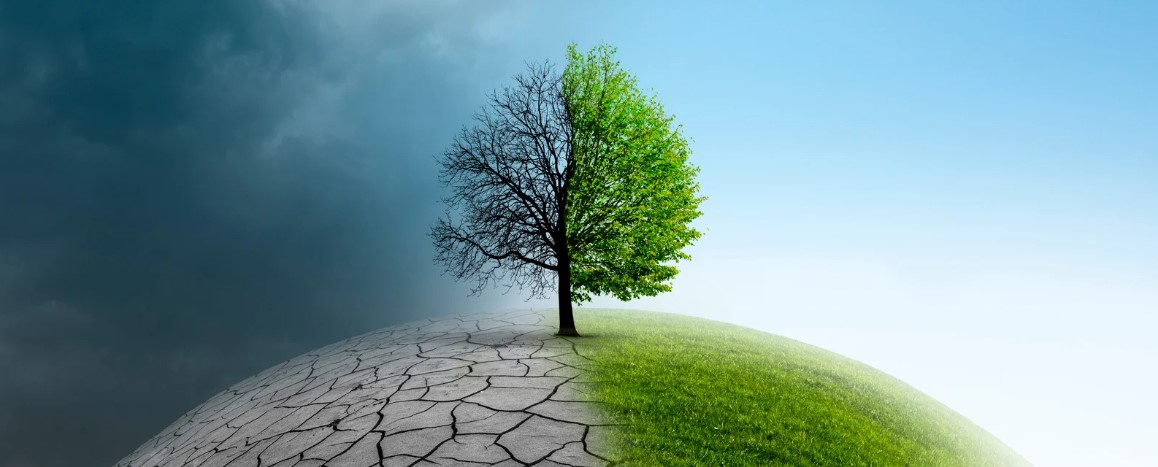
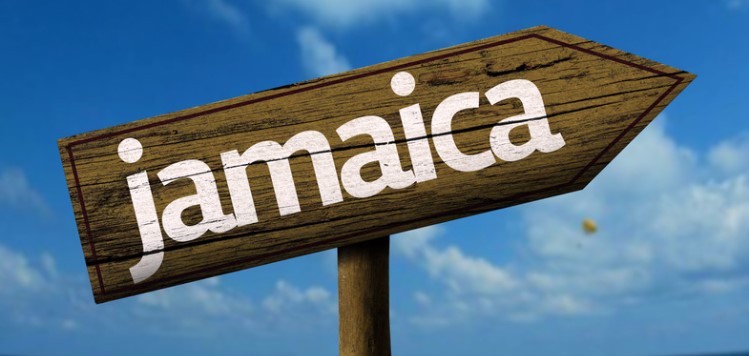
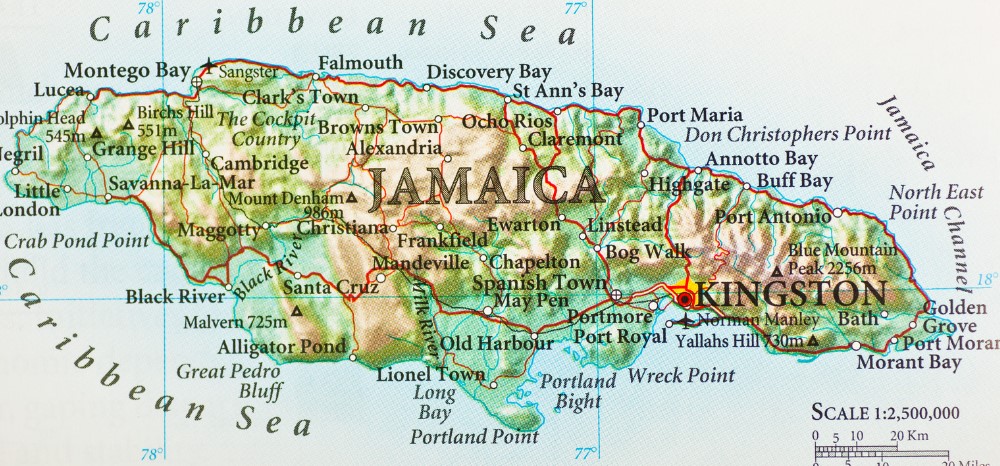
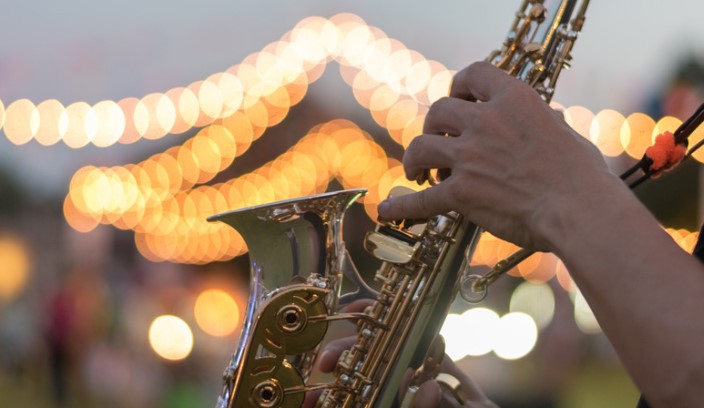
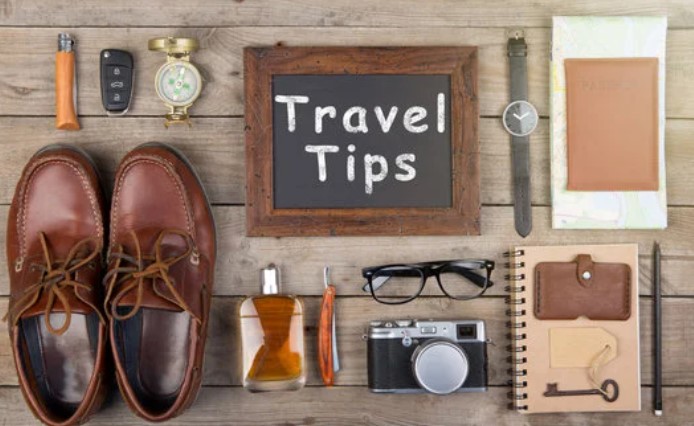
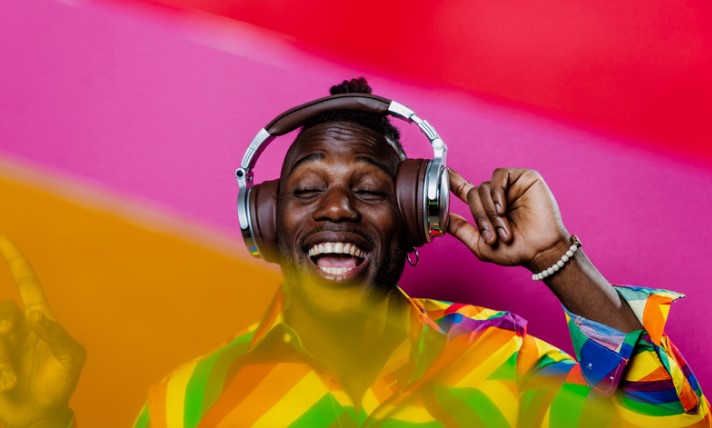

Pingback: 9 Best Coffee Shops in Bend You Can't Miss